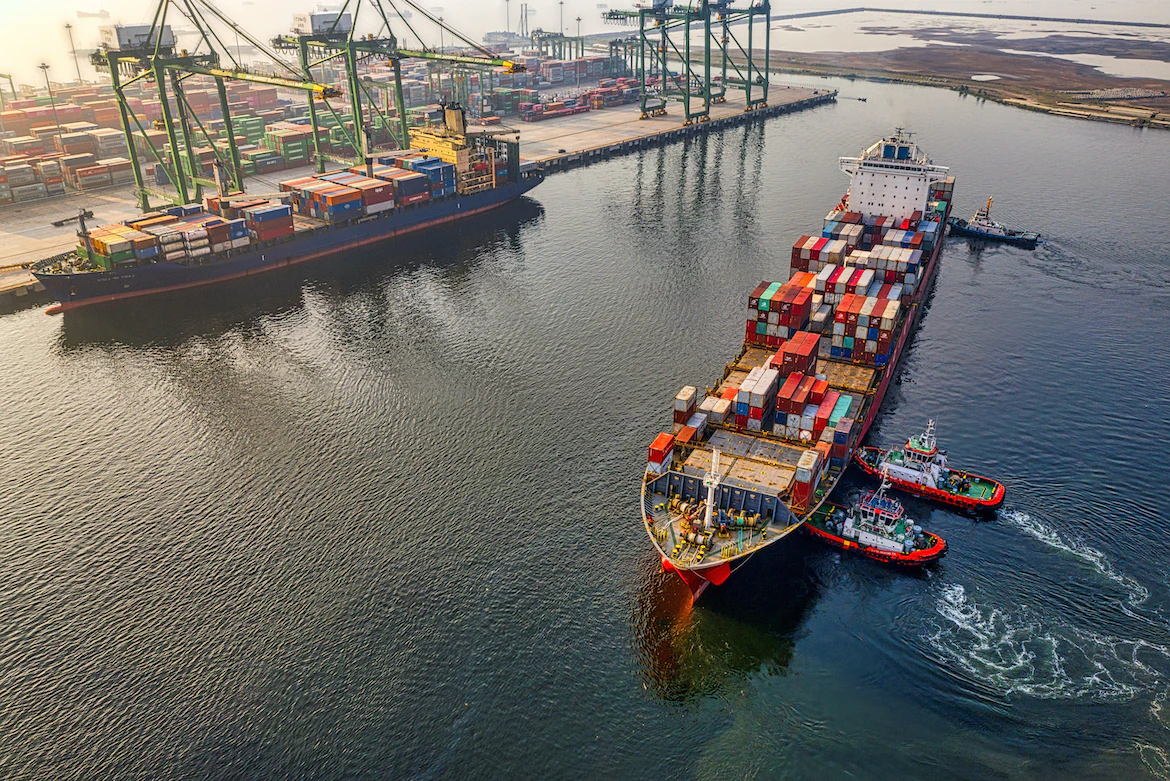The shipping industry used to be very archaic in its practices and procedures. Much of the industry relied on paper processes that have been around for many centuries. In addition, the industry has always been very fragmented in its processes, which gave way to many instances of financial loss, slow turnaround times, and overall customer dissatisfaction. That is until recently when there has been a significant push for modernization and digitization within the industry.
Modernization of the industry means that many of its processes and systems are updated, streamlined, and have migrated online. For example, platformization creates entire ecosystems where stakeholders such as carriers, shippers, and logistics companies have an open platform to engage with each other 24/7, creating less room for error and significantly improving customer service. Business owners can now buy new shipping containers online or directly from a manufacturer, all at the click of a button.
This article will focus on the various areas of modernization and digitization within the shipping industry and how this has changed the way shipping companies operate.
A Fragmented Industry
Historically, shipping a container would consist of several phases. Even after modernization, there are still several stages, but they are not quite as fragmented as before. This process used to consist of a tremendous amount of manual paperwork and communication between different parties. There wasn’t a single platform where all relevant parties to the process could communicate with each other. All of the communication was conducted via telephone or faxing. This often led to many delays and left a lot of room for error and miscommunication.
Let’s take a look at what the process previously entailed:
Shipping
A shipper has cargo that needs to be transported from one destination/port to another destination/port. The shipper makes contact with a carrier to book space on a vessel if the cargo needs to be transported internationally, via sea freight. The shipper needs to physically go to the carrier’s location to book a container. This step could not be done online previously.
The carrier issues the shipper with a confirmation booking while the shipper provides the carrier with the instructions for shipping. These instructions would typically include information such as the weight of the cargo, its pickup and dropoff locations, the container size that’s required, and the pickup and delivery dates, among other data.
The carrier draws up a bill of lading. The bill of lading is a legal document between the two parties and outlines the specifics of the agreement. The cargo is to be picked up and transported to the container where it is transferred into the container. This responsibility is outlined in the bill of lading but generally falls on the carrier. Additional transportation is booked to move the carrier to the port and load it onto the vessel.
Again, depending on the contract, either the shipper or the carrier makes arrangements for the customs clearance paperwork. While the cargo is in transit, there is no way to actively view its location until it arrives at the international port. During this process, various parties engage with each other via telephone for faxing. This left a lot of room for error, delays, and losses, both financial and cargo.
Managing Inventory
Many containers would sit idle during the process. It was challenging for carriers to keep track of where the containers were at any given time and turnaround times for containers were very slow.
Improving The Process
So how has platformization transformed the industry? Absolutely!
Introducing platforms into the industry has revolutionized the way cargo is shipped globally. What was once a very fragmented system has transformed into an entire ecosystem of stakeholders who have instant access to each other in a single location. Platforms connect shippers, carriers, clients, and logistics companies in one single location.
One of the primary changes this technology has brought to the industry is transparency. From the moment cargo is booked for shipment to the moment it is delivered to its final destination, all relevant parties can track the cargo in real-time through the app to its almost precise location, regardless of where in the system it is. Transparency allows carriers to better monitor inventory and cargo and to substantially improve delivery times.
Containers can be tracked to determine where in the process the container is, when each container is scheduled to be returned, and if it is possibly standing idle somewhere. Transparency also helps carriers and shippers identify any delays in the process and allows relevant stakeholders to address these delays in a timely fashion. This is what is known as supply chain visibility.
From a carrier’s perspective, platforms allow for much better inventory management. Carriers who monitor containers can view where each container is on a global scale and manage turnaround times for containers while keeping containers in rotation and use. The effective use of containers is significantly improved.
Bottlenecks can quickly be identified and containers can quickly be rerouted to improve efficiency.
Online Transactions
Although the industry was initially slow to change, it has started to embrace technology that has streamlined the systems and processes, making the shipping process a lean and optimized process.
Business owners can log into the system, book their cargo, book a container, and arrange for pickup and shipment of their cargo on a platform that connects all the major players in the game.
Customer satisfaction is greatly enhanced through this optimized process.
Source link











Leave a Reply